The Death Camp Next Door
Jonathan Glazer unsettles with “The Zone of Interest.”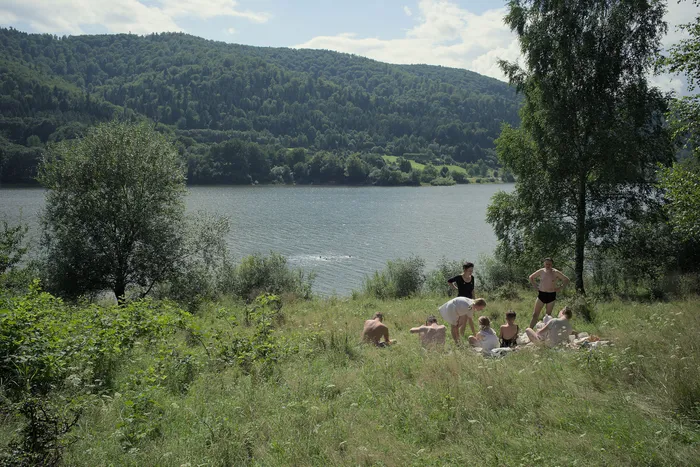 A still from "The Zone of Interest", directed by Jonathan Glazer.
A still from "The Zone of Interest", directed by Jonathan Glazer.
A working husband. A housewife. Their five children and dog. A lush garden. It sounds idyllic, a picture-perfect vision of suburban domesticity. But the husband is a high-ranking SS officer working in the extermination camp at Auschwitz next door. His wife and children inherit the fur coats and gilded tooth fillings of murdered Jews. Their dog runs and plays as chimney stacks expel human ash behind the wall of their private farm. Their daily lives are scored by screams and gunshots.
This is the setting of Jonathan Glazer’s “The Zone of Interest,” a vital and nauseating cinematic experience.
The phrase “the banality of evil” has seen a resurgence in Western discourse these last few years. Coined by Hannah Arendt in her account of the trial of Adolf Eichmann, it has become contemporary shorthand for the casual, even slapstick oafishness of those who commit the most heinous of crimes. But in its original context of the Eichmann trial, Arendt wonders whether the perpetrators of banal evil are self-aware, or really believe they are just following orders.
“He merely, to put the matter colloquially, never realized what he was doing,” she writes of Eichmann. “It was sheer thoughtlessness — something by no means identical with stupidity — that predisposed him to become one of the greatest criminals of that period.”
The phrase “the banality of evil” has seen a resurgence in Western discourse these last few years.
As the Holocaust slips from living memory — reflected in the film’s on-screen title design, which appears suddenly, but soon blurs and fades — canonizing this banality becomes of utmost importance. Lest we forget, the vigilant refrain “Never again,” meant to memorialize the Jewish genocide after 1945, was coined prior to World War II (likely in a poem from 1926). In that vein, few films have so precisely and powerfully evoked Arendt’s idea of cognitive compartmentalization.
“The Zone of Interest” is a logical extension of Glazer’s 2013 sci-fi feature “Under the Skin,” which represented the perversion of the body; this follow-up, a decade later, captures the casual corruption of the soul. In between, he made an under-seen but impactful six-minute short titled “The Fall,” where the dark void of fascistic violence takes the form of inhumane theater masks frozen in wide-eyed gleeful expressions. While its victims and perpetrators had no specific national or ethnic origins, the short depicted the shifting tides of democratic societies. With his latest feature, he expands those same concerns by gazing back to the most infamous act of 20th century barbarity, whose lessons feel increasingly, worryingly forgotten and unlearned.
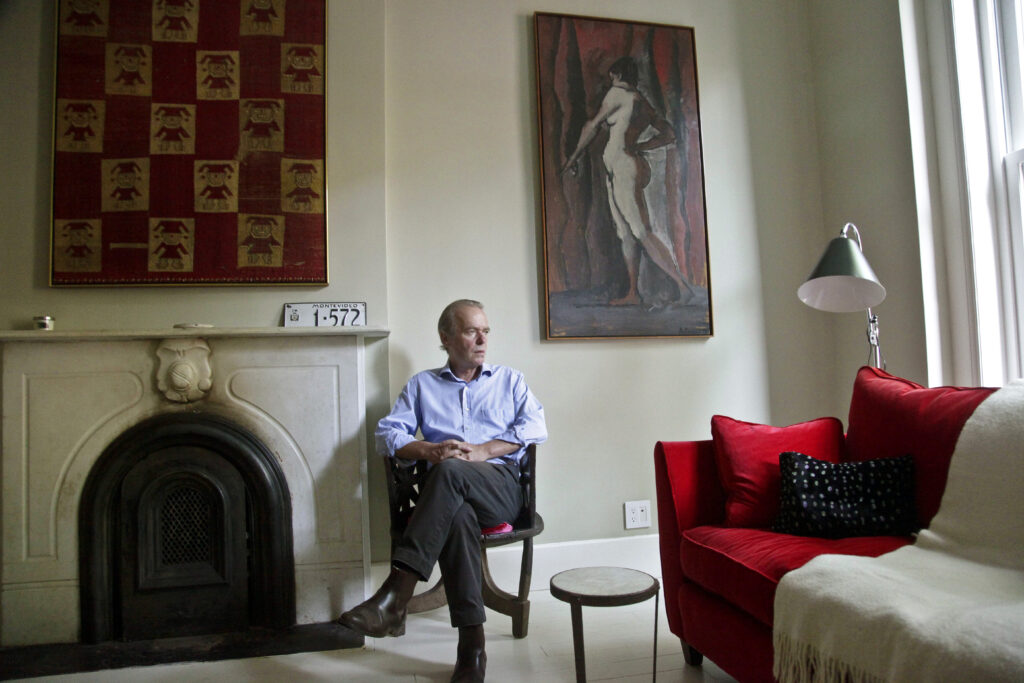
While “The Zone of Interest” shares its title with the novel by Martin Amis (who died last week at 73), it foregoes that book’s tale of a low-ranking Nazi officer falling for a commandant’s wife and instead zeroes in on a recurring background theme of the officer’s indifference to the goings on inside the camp. In almost droll fashion, Glazer and cinematographer Łukasz Żal stage their scenes of domestic bliss and dispute between Rudolf Höß (Christian Friedel) and his wife Hedwig (Sandra Hüller) against the enormous gray Auschwitz walls, with the roofs of each encampment visible from the couple’s garden, peeking into it like a nosy neighbor.
Guests come and go, engaging in gossip as Hedwig has her laundry dropped off by a bone-thin man in ragged clothes. The frame initially obscures most details about him — it usually captures characters in profile, at sharp 90-degree angles — but he soon turns around to reveal the Star of David patched onto his sleeve. This “objective” staging at a distance recurs frequently, revealing newer and more disconcerting details with each appearance. A casual day of fun between parents and children, which lulls the viewer into false security, is interrupted by the sudden appearance of the Schutzstaffel insignia on an article of clothing, which had previously been hidden from sight, just like the horrors of the nearby encampment.
Just when it seems like the film may become too complacent with its constant contrasting between the macabre and the mundane, the camera adjusts ever so slightly, revealing new layers and details to the environment. The actual size of the camp, as seen from the Höß’ front door, for example, is revealed to extend seemingly infinitely into the distance. The film’s “point” is quickly made apparent, but its purpose is ever-evolving, its scope ever-widening. It is hubris to believe we know all there is to know about these events and their perpetrators, “The Zone of Interest” continually reminds us.
The film’s “point” is quickly made apparent, but its purpose is ever-evolving, its scope ever-widening.
The Höß family and their guests barely pay attention to forced Jewish laborers who are allowed outside the camp’s walls to serve them. But while this indifference comes off as sickeningly nonchalant, it’s nothing compared to the eerie, conversational familiarity that sets in once the movie’s German characters finally begin to acknowledge the Jewish prisoners, wondering whether the neighbors they once knew in other cities were now being exterminated nearby. This is just one of several passing topics of conversation, discussed as casually as the fit of a new dress. All the while, these mundanities are backgrounded by sounds of anguish, to which the family has grown accustomed. They may as well not even hear them anymore.
“The Zone of Interest” may be clinical in its distant visual framing, but it is an experiential work of cinema. Though the camera remains at odds with traditional ideas of immersion and emotional investment, the gap caused by this disconnect is filled by Johnnie’s Burn’s stomach-churning sound design and the sudden appearance of Mica Levi’s booming, hellish score, which accompanies occasional detours into abstract imagery. The few times the picture leaves the confines of the Höß’s home, it enters the camps in the dead of night, depicting only smatterings of small kindnesses, such as a little girl hiding fruits around a construction site for the starved Jewish laborers to find. It presents these scenes as infra-red impressions, suggesting that humanity may persist in an environment so ruthlessly cruel, but only barely, and that light may not pierce it.
The misalignment between the film’s images and sounds is uniquely haunting. Each ringing gunshot, every distant scream, forces one’s imagination to travel to impossibly dark places. At a mere 105 minutes, the film is a form of punishment. To ensure the point is made, Glazer breaks its visual, narrative and temporal rules towards the end, as if to peek through history itself. He forces an agonizing emotional reckoning for his subjects that can only exist within the confines of cinema, presenting a horrifying vision of the past that doubles as a sobering warning of atrocities yet to come — as if the Nazis’ legacy were inseparable from our own, here and now.
Your support matters…Independent journalism is under threat and overshadowed by heavily funded mainstream media.
You can help level the playing field. Become a member.
Your tax-deductible contribution keeps us digging beneath the headlines to give you thought-provoking, investigative reporting and analysis that unearths what's really happening- without compromise.
Give today to support our courageous, independent journalists.
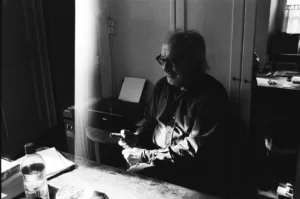
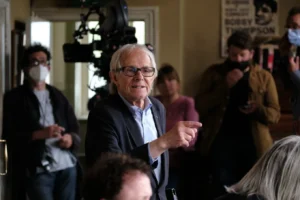
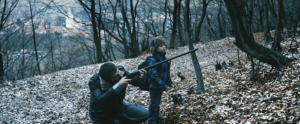

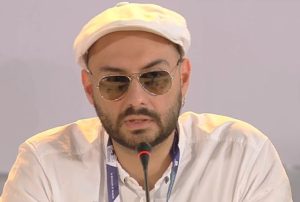

You need to be a supporter to comment.
There are currently no responses to this article.
Be the first to respond.